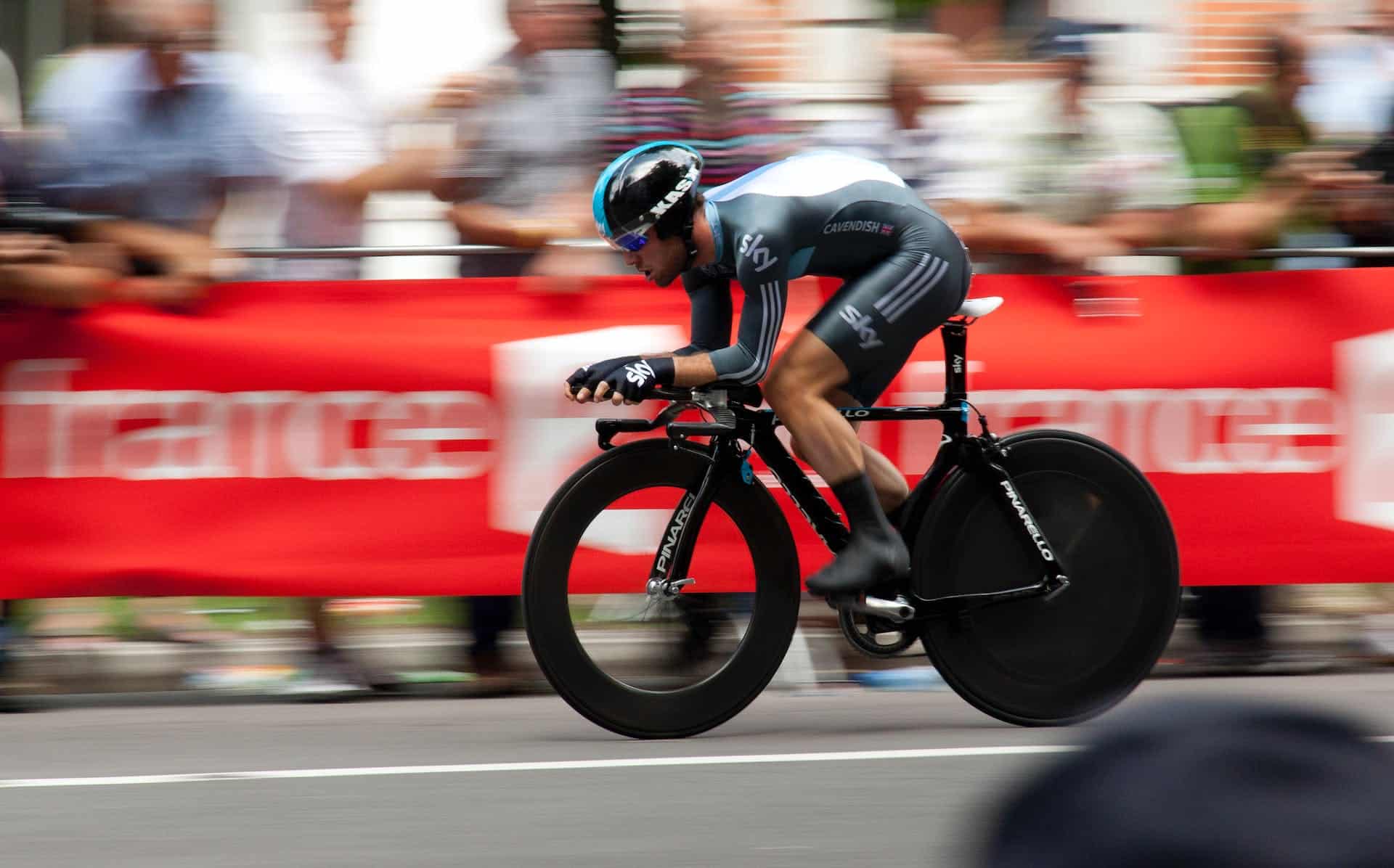A major risk of having diabetes is the possibility of requiring an amputation. Most frequently, amputations due to diabetes first involve the great toe with worsening gangrene, which leads to amputation of the foot, amputation of the leg below the knee, and then amputation of the leg above the knee. The following is a case study of Douglas, who was a diabetic patient who required an amputation of his lower leg beneath the knee in order to survive.
Case of a Sixty-Three-Year-Old Man with an Amputation of the Left Lower Leg from Uncontrolled Diabetes
Douglas was a sixty-three-year-old patient with a past medical history that was significant for Type 2 diabetes mellitus and high blood pressure with an inability to walk more than two blocks without shortness of breath. Because his blood sugars were continually out of control even on insulin, Douglas developed damage to the nerves in his feet (peripheral neuropathy). This led to his inability to feel an ulcer forming on the tip of his left great toe. In addition, since his diabetes led to damage to the microcirculation (smallest blood vessels) in his feet, his ability to rapidly improve from the ulcer was significantly delayed. Within forty-five days of the first occurrence of the blister, it became infected, which led to gangrene and sepsis and admission into the intensive care unit. The gangrene kept spreading, requiring first the amputation of his left great toe, then the amputation of his left foot, and finally the amputation of his entire left leg below the left knee. This case demonstrates how the extreme and potentially deadly risk of leg amputations in diabetics can be reduced through early diagnosis of the problem and aggressive preventative care, including the use of D’OXYVA[1].
D’OXYVA is a peripheral and noninvasive deoxyhemoglobin vasodilator that dilates the microcirculation (D’OXYVA delivers pharmaceutical grade CO2 and water vapor transdermally (through the skin), dilating the smallest veins, arteries, and capillaries while increasing peripheral blood flow to the lower extremities. D’OXYVA is a pain reliever that is given for fast pain relief treatments, which are known to reduce pain and chronic conditions.
YOU MAY ALSO LIKE
- Apple Watch 4 can detect D’OXYVA’s benefits
- Researchers Identify Underlying Main Causes of Brain Damage, Dementia and Potential Breakthrough Solution (Part I)
- Award-winning documentary hosted by actor Dennis Quaid invites Circularity to talk about D’OXYVA
Risk Factors for Amputations in Diabetics
In a study published in the Journal of Developing Countries in 2008, it was found that, of 146 diabetic patients studied who had amputations of the foot, 74% had had diabetes for two to forty years.
In addition, forty-seven percent of the patients who were studied had ischemia (reduced blood flow), and forty-four percent had neuropathy (reduced nerve function) of the foot involved.[2]
How to Decrease the Risk of an Amputation Due to Diabetes?
Steps you can take to decrease the risk of an amputation if you are diabetic [3] include:
- Keep your blood sugars well under control to decrease the risk of peripheral neuropathy and peripheral vascular disease.
- Check blood sugars as directed by your physician.
- Check your feet and toes for changes in temperature or feeling every day.
- Examine your feet daily for cracks, blisters, cuts, redness, white areas, thick calluses, and different changes in color.
- Stop smoking.
- Stay on a Diabetic diet.
- Increase daily exercise levels.
- Continue to take all prescribed medications.
References:
- https://doxyva.com/category/wound-healing/
- https://www.ncbi.nlm.nih.gov/pmc/articles/PMC2772008/
- https://www.webmd.com/diabetes/amputation-diabetes#1
HOW D’OXYVA CAN HELP?
In an ongoing multi-year, multi-country, multi-center, randomized clinical trial on patients with diabetic foot ulcers, D’OXYVA has demonstrated speeding up diabetic wound improve and ultimately wound closure to an average of 5 weeks**.
In addition, D’OXYVA eliminated pain and improved quality of life such as sleep, appetite and mood in just a week in 100% of subjects. No adverse events of any kind were reported during, and years after the studies.







